The world of essential oils has become increasingly complicated since the rise of multi-level marketing EO companies in the past couple of decades. I started using essential oils regularly about 15 years ago, when a trusted friend in a natural parenting forum posted about how wonderful lavender oil was for healing wounds. It really was nothing short of miraculous, since it is naturally antibacterial and also speeds healing like nothing else I’ve ever bought. We’ve used lavender oil ever since, along with many other essential oils.
My children grew up reaching for the lavender EO when they got any kind of minor cut, scrape or burn. It’s one of our standard go-to remedies in our home, and we have a bottle on every floor. I typically buy organic EOs online from reputable companies like Mountain Rose Herbs for around $10 a bottle, but I’ll also buy it at the grocery store from brands like Aura Cacia for around $7.
If I want to make up a cleaning product, I’ll generally mix up some vinegar and water and add some sweet orange EO or another fabulous scent.
If one of my teens has a spot of acne, they’ll dab tea tree oil on it, which we also use for wounds.
When our youngest child was sick while we were visiting friends last winter, we diffused a variety of oils every night that are good for respiratory ailments and safe for children. We made a different batch every night, having fun mixing and matching, and avoided those that we knew were contraindicated for epilepsy since I have a seizure condition and was sleeping in the same room.
So I was happy to preview a digital loan of Stephanie Tourles’s Essential Oils: A Beginner’s Guide, due to be released in August. While I’ve been using EOs for many years, I am always anxious to learn more and loved the idea of some new simple recipes.
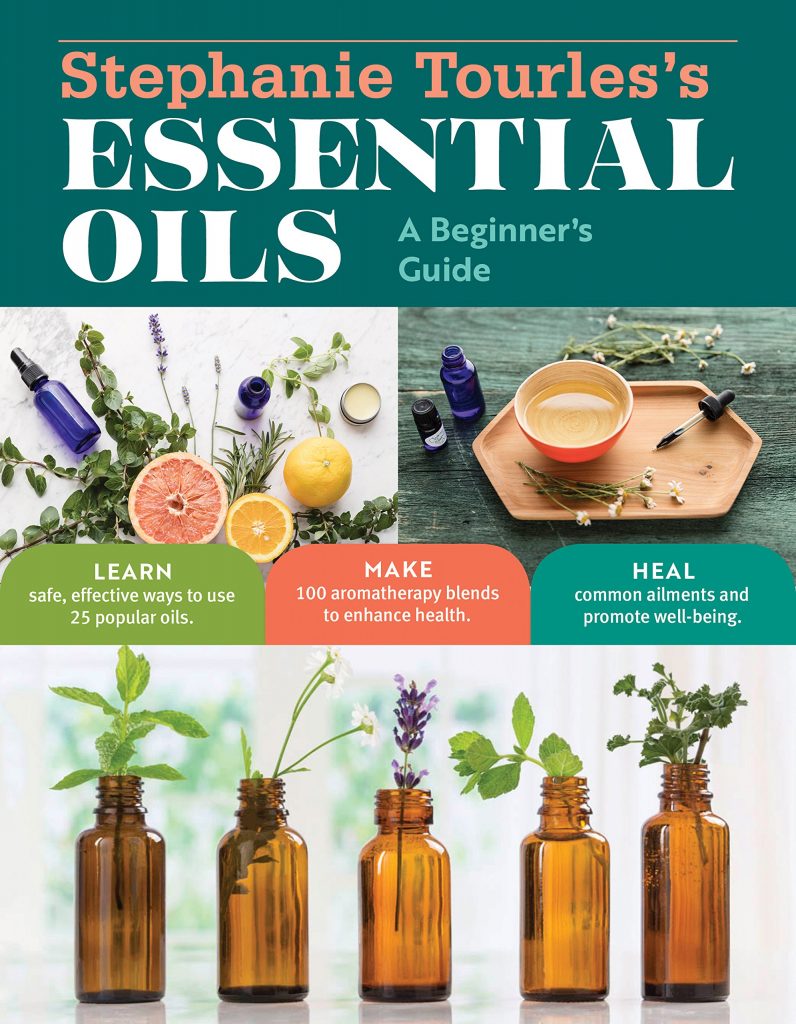
There were things I liked about the book, including:
- The author is trained in the subject matter. Amazon says, “As a licensed holistic esthetician with a strong background in Western and Ayurvedic herbalism, she has been practicing and teaching healthy living for more than 25 years. Tourles has extensive training in the nutritional sciences, is a certified aromatherapist, nationally certified reflexologist, and a professional member of the Alliance of International Aromatherapists.”
- There are beautiful pictures throughout.
- Detailed information is given about 25 essential oils (11 that she says are must-haves and 14 more that she recommends), most of which are fairly affordable oils.
- The price is quite reasonable, retailing at $16.95 for paperback (also available on Kindle).
Ultimately, though, I decided this wasn’t a book that I would personally buy or recommend. While it does have a lot of recipes and has good information about how essential oils are made and the characteristics of each one, it was not a book I absolutely trusted and the recipes were not the types that would be helpful for me.
Some of my criticisms with the book included:
- The author talks about “therapeutic grade” EOs, which right away had me suspicious, as that’s MLM sales talk. Companies like Young Living and DoTerra that don’t sell organic oils often say they’re superior to competitors because they’re “therapeutic grade.” Tourles admits that there’s no standard for therapeutic grade EOs in the book , but she says that brands use it “to indicate that their oils are of superior quality.” The term is an absolutely meaningless claim, and making it seem like a term to look for made me wonder if she sells a MLM brand like DoTerra. A quick check to her suggested resources at the end shows that she herself is one of her suggested sellers, and yes, she sells DoTerra.
- The author gives the impression that you need to buy expensive EOs to get suitable results. At one point she cautions about buying essential oils for $5 at the drug store, suggesting that they won’t work or worse, will be dangerous. I have often picked up tea tree oil for that price at local stores and have had nothing but excellent results. There are reputable brands like Aura Cacia that you can easily buy for just a few dollars at health food stores, grocery stores and such. Of course you do want to look for trusted brands and be sure they’re real (I would trust online sources less, especially in this day of fraudulent reviews and fly-by-night Amazon companies), but you do not need to pay a fortune to get quality essential oils.
- Many of the recipes use lists of ingredients that can get costly and complicated instead of super simple remedies. As I mentioned, when we have a wound we just put a drop of lavender oil on it. Done. When our family uses EOs, we tend to either diffuse them into the room, use them “neat” (undiluted, which is only safe with a few oils like lavender and tea tree) or simply mix them in a simple solution with a carrier we have on hand like almond oil or witch hazel. These recipes call for a specific variety of essential oils and then ingredients like plantain infused oil, rosehip seed oil, callophyllum oil and beeswax, along with a variety of different EOs.
- Nothing in the book warns of contraindications for people with epilepsy or seizure conditions. This kind of warning is quite standard on any information about EOs, so I was surprised it wasn’t even mentioned. The Epilepsy Society of UK says: “Rosemary, fennel, sage, eucalyptus, hyssop, camphor & spike lavender are not recommended as essential oils if you have epilepsy. This is because these essential oils may trigger seizures in some people with epilepsy. For pregnant women there are also a number of other oils to avoid.” The book also didn’t include any warnings that I could find about pets (other than not to let them get into them), despite having read quite often about how dangerous they are for cats (even just distilling them).
- The cautions are not very cautious. Tourles says that you should just use lower concentrations for pregnant women, children and those with medical conditions and to ask your doctor if you have medical issues and concerns (though she has additional cautions for some EOs in their own sections). She says, “As long as you are careful, however, you need never worry about using essential oils.” Never? And her cautions about oils like eucalyptus for children under 10 go against what many specialists that I trust recommend. She says not to use them near the face for children under 10, and does not mention whether diffusing them is safe or not. This is a topic that has seen years of heated debate and I don’t know the answer myself, but I would prefer to see the opinions of the other side presented along with hers.
- Many of the recipes would be better without essential oils. It’s a book about essential oils so the recipes have to pretend that they’re the stars, but there are many recipes in here that would actually be better with something like real herbs. For instance, the “Peppermint Nausea Relief” calls for water, half a lemon or lime, honey and one drop of peppermint EO. Peppermint is one of the best known herbs in the world for nausea, but peppermint tea is the standard way to take it. We always have peppermint growing in our yard (it quickly spreads and becomes a weed) and have some dried in our canning shelves all year. You can also just purchase peppermint tea or mint leaves.
- The essential oils aren’t even the real star healing ingredients in a lot of the recipes. In many of the recipes, I recognized one of the other ingredients as the real healing star of the recipe. For instance, using plantain infused oil as the base of many of these recipes is very smart, as plantain (a wild plant you probably have in your lawn) is fabulous for skin ailments. Adding a few drops of EOs is nice too, but you can make a great healing oil just by infusing plantain in oil (any of a number of oils you have on hand at home) and using that. The hemorrhoid wipes use witch hazel, which is a famous remedy, along with a bunch of other ingredients. The aloe juice and glycerine she calls for would help with healing and consistency, too. The cyprus, lavender and geranium EOs are likely to make it smell nice and give some extra healing benefits, but plain old witch hazel has been a classic remedy for years and costs pennies compared to the cost if you had to go out and buy many of the ingredients in this recipe.
- Some of the information is just plain wrong. I was surprised to read in the recipe for “Herpes Healing Drops” that herpes “is caused by the chicken pox virus.” That didn’t seem right to me so I looked it up and this not correct. The Mayo Clinic says, “Varicella-zoster is part of a group of viruses called herpes viruses, which includes the viruses that cause cold sores and genital herpes. Because of this, shingles is also known as herpes zoster. But the virus that causes chickenpox and shingles is not the same virus responsible for cold sores or genital herpes, a sexually transmitted infection.”
- There’s very little about diffusing oils. I really like to just pop a few different EOs in the diffuser and let it go, and I’d love a bunch of different suggestions for blends (with substitutions listed) for all different needs and situations.
Ultimately, this just wasn’t a book that I felt was useful for me. I do think it could be a great book for someone who makes products for sale or who already has a big stash of not just different EOs but lots of kinds of carrier oils and natural ingredients like vitamin E drops, beeswax and glycerine, plus the containers to package them in. It would also be a good choice for someone who just has fun making homemade products with lots of ingredients.
The book would likewise be a good primer for someone who just wanted a guide to the most common oils and how they are typically used. Each oil does have basic information about how it’s best used and safety information, so it would be a great asset if you just want something to flip through to look up individual EOs.
Personally, I’m happy to just keep using my oils in simple ways, but I am still on the look for an inexpensive guide to help me learn new ways to love essential oils.
**
Disclosures:
I received a temporary digital ARC (Advanced Reader Copy) of this book to review through Net Galley.
This site uses affiliate links. Purchases made through these links earn us a small commission at no cost to you.
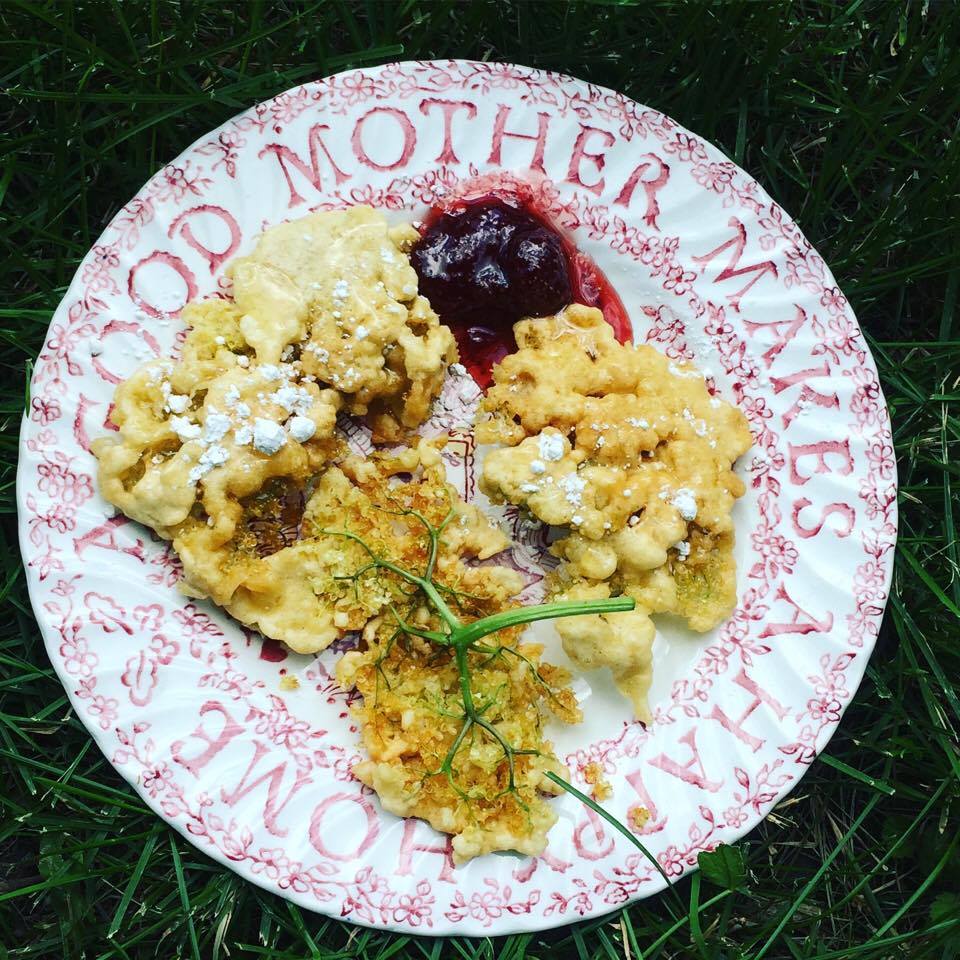
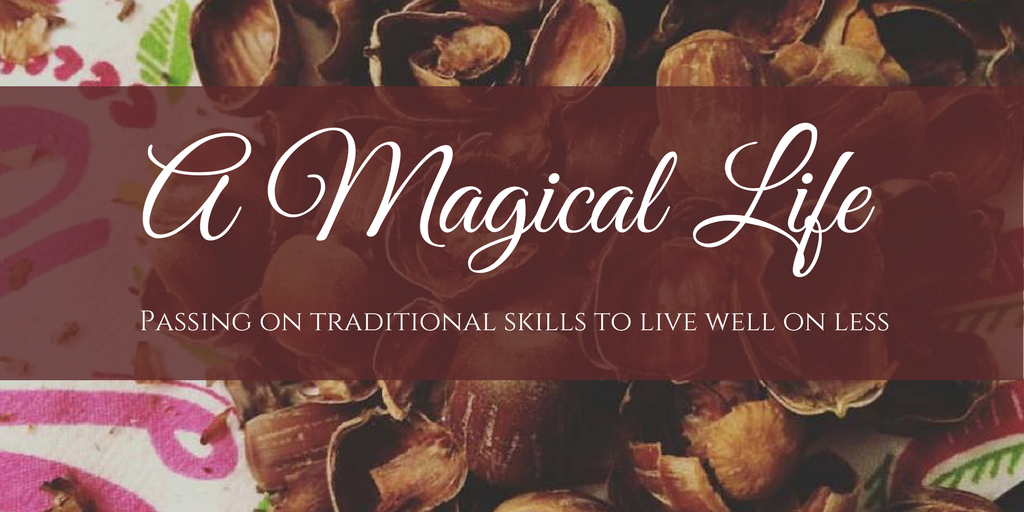

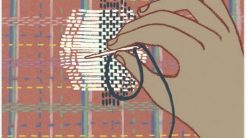
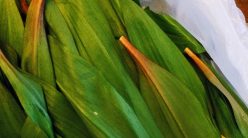
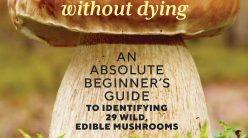

1 thought on “Review: Stephanie Tourles’s Essential Oils: A Beginner’s Guide”
Dorian Candler
(January 31, 2019 - 9:35 am)Hi there, thanks for the article. I was wondering if you could answer something for me. Do you happen to know if essential oils can be used in a CPAP machine? My wife just ordered some so I’m trying to get some info about them. Any help you can provide is greatly appreciated.